"I just want to change the lens" - and the fumbling starts. A camera bag needs to fit your photographic needs just as much as your camera, your lenses, your flash unit and other accessories.
Do you value security and want to avoid unauthorised access to your equipment? Do you like having your equipment in your backpack, but don't want to have to put the bag down every time you change lenses? Is the tripod always with you? Are you perhaps carrying things that may have nothing to do with your photos, but still take up space in the bag? How well do the contents stand up to a rain shower? And how comfortable is it?
As you can see, there are various questions to be asked about the photo bag. So choose wisely, because your bag will be with you all the time.
If you buy a digital compact camera, the bag or case usually comes with it. Ambitious hobby and professional photographers, however, who use a system camera or reflex camera will usually need an additional camera bag for their equipment. In this case, you will not only have to transport the camera itself, but also the lenses and other accessories. System and SLR cameras are expensive to buy, which is why reliable and high-quality protection in the form of a suitable bag is all the more important. It protects the camera from shocks, moisture and dirt. In this category of our shop you will therefore find a variety of photo bags for different requirements. To ensure that you buy a model with which you are completely satisfied, you should make your choice carefully. Besides the size and design of the camera bag, other aspects play an important role. For example, the bag must be easy to handle so that you can get to your camera quickly if the worst comes to the worst and you don't want to miss the perfect moment for a photo. Feel free to browse our extensive range of photo and camera bags or continue reading at the bottom of the website for more detailed information on the different types of bags. We've also put together a buying guide for you there.
For compact cameras, there are small bags. These are usually soft or hard cases that only hold the camera itself. Such cases protect the display, lens and housing of the camera well from scratches and dirt, but can hardly protect against shocks. Unfortunately, there is not enough room in such bags for additional equipment such as lenses or flashes. At most, you can fit a small battery or a second memory card in such a compact shoulder bag.
Colt bags are very popular among owners of DSLR cameras. This is a hip bag that does not take up much space and can also be strapped to the belt. There is enough room in a Colt bag for a second battery or spare memory cards, but not for more lenses. Also, if you want to carry tripods or flashes, you will need a larger bag.
For photographers who want to carry a lot of photo equipment including lenses, flashes and tripod, XL camera bags are well suited. They offer all kinds of space for your equipment and reliably protect your gear thanks to the padded interior. Some maxi bags even offer the option of stowing a tablet or laptop inside. With large camera bags, it is important to pay attention to a clever interior division. Additional compartments that close with zips are ideal for storing small equipment such as memory cards or batteries. This way, you have everything at hand quickly in case of emergency. For hikes and longer photo tours, photo backpacks are even better than bags. They can be carried comfortably on the back and distribute the weight of the often heavy equipment comfortably on both shoulders. A modern backpack also has a padding system that protects your camera and lenses well, even in the event of stronger impacts. The only disadvantage of a photo backpack is that the camera is not as quickly at hand as with a bag.
Do you want to go on a longer trip with your camera and all the equipment? Then you should buy a trolley in addition to your photo bag or photo backpack. Especially for air travel, a photototrolley is ideal because it reliably protects your sensitive equipment. In addition, such photo cases have the advantage that they are often equipped with wheels, making the transport of heavy equipment particularly comfortable.
The most important aspect when buying a photo bag is the handling. On the one hand, this means that the bag should fit well and be comfortable to carry for a long time - especially if the equipment is very heavy. Therefore, when buying, look for a padded carrying strap or handle, as this prevents the bag from cutting in uncomfortably on longer photo tours. It is practical if you can remove the carrying strap so that you can replace it if it breaks over time. To protect your camera optimally from dust, you can choose a bag that has a pull-out dust bag. It can be slipped over the bag if necessary to protect the camera even better from dirt, water, dust and grime. When buying, also make sure that the bag can be opened quickly and easily so that you can reach your camera in a few steps when you want to take a photo.
As a general rule, it is better to buy a camera bag one size too big than too small. Especially owners of a DSLR or DSLM will expand their equipment over time. Even if you think at the moment that you won't buy any more lenses, you might change your mind later. Then it would be annoying if you had to buy a new photo bag right away just because the new lens no longer has room in it. But when buying, remember that the larger the bag, the more uncomfortable it is to carry. It is therefore important to find the happy medium between sufficient size and good carrying comfort. Many photographers therefore buy photo bags in several sizes: An XXL bag for trips where the entire equipment should be with them and a small bag that only has room for the body and the favourite lens. This is certainly a good compromise.
Our range consists of photo bags that meet all requirements. You will find well-known manufacturers such as Lowepro, Tamrac, Cullmann, Crumpler, Manfrotto or Vanguard. Photo bags from these manufacturers come in all sizes, features and designs.
Lowepro is one of the pioneers in this field: in 1972, the company introduced the first camera bag that was softly padded. In 1985, an ergonomic shoulder design for photo backpacks followed, which optimised the carrying comfort and provided a high degree of freedom of movement. In 2002, Lowepro introduced a waterproof system to protect bags and backpacks from moisture.
This DryZone system is still used today. The new ActivLift system allows users to carry equipment in a way that is particularly easy on the back and shoulders. The Tamrac company, founded in Southern California, is no less popular. The name is derived from a pine tree that grows in the American wilderness.
Tuned to the needs of its customers, the company Cullmann has been successful for over 40 years. Especially with sensitive equipment such as photographic technology, a well thought-out design is the basis. With Cullmann products, the photographer can assume that handling is easy. The equipment can be stored well protected in the camera bags. In addition to functionality, high-quality materials are used, which results in a long life expectancy. The features of the products from the manufacturers mentioned above can be described in a similar way. They differ less in that they offer secure protection for the photographic equipment and are good to use, but rather in price and design.
A final important point when buying a camera bag is, of course, the price-performance ratio. How much money you should invest in the bag depends primarily on whether you want to use it for professional or hobby use. Professional photographers will certainly have to dig a little deeper into their pockets to buy a high-quality and functional camera bag that meets all the requirements of a photographer's everyday work. Such models are then, for example, also water- and dust-repellent. For hobby photographers, cheaper bags are often sufficient, as they are only used occasionally.
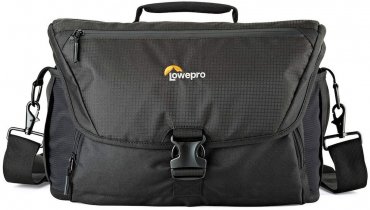
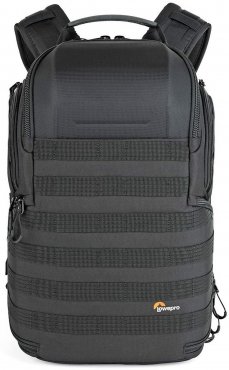

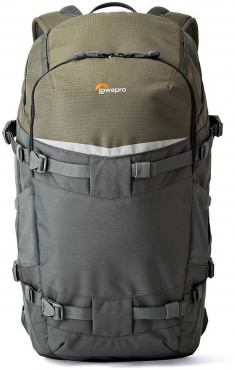
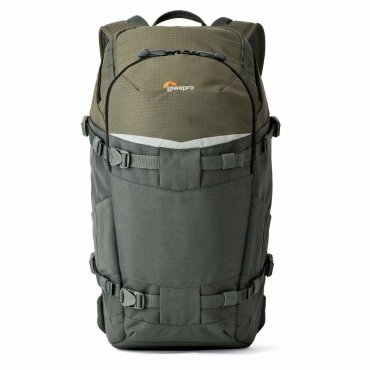
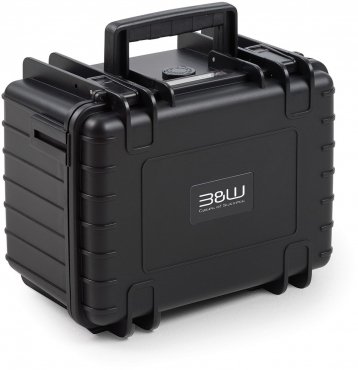
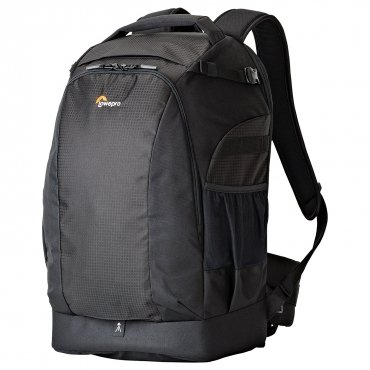
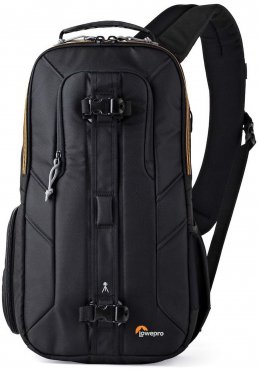
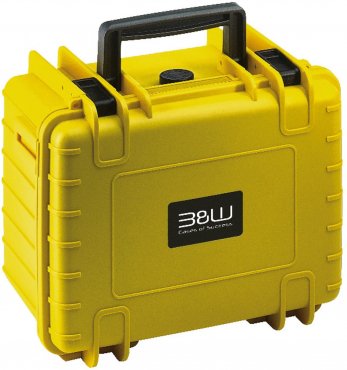
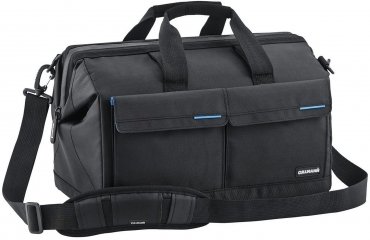
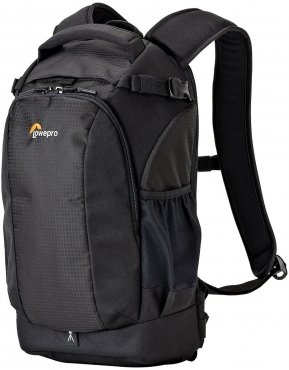
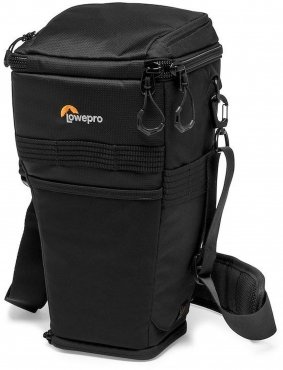
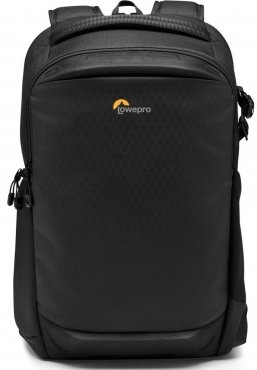
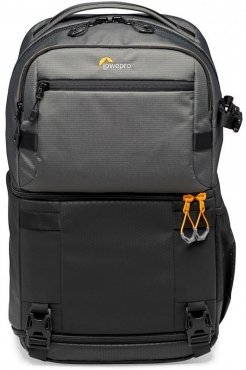
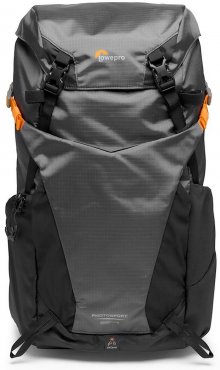
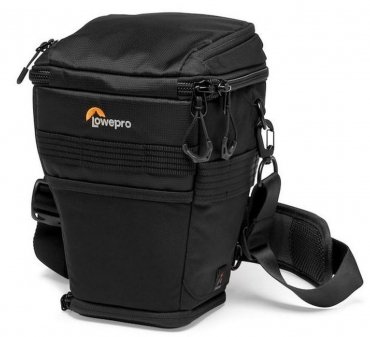
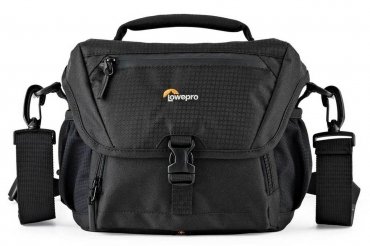
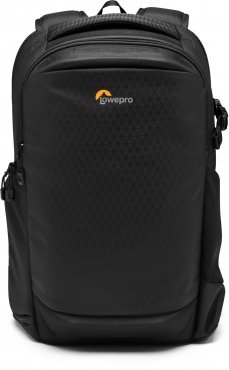
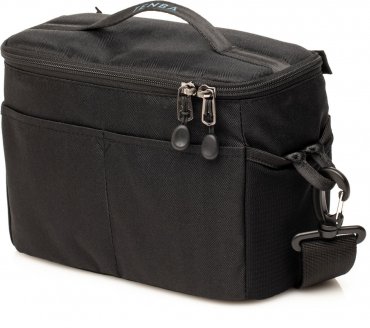
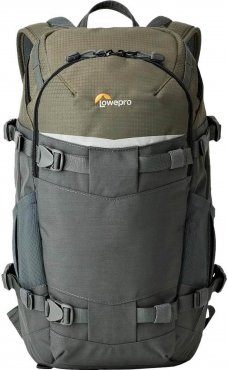
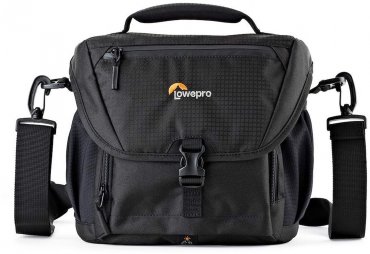
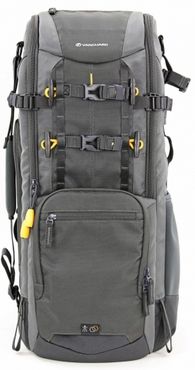


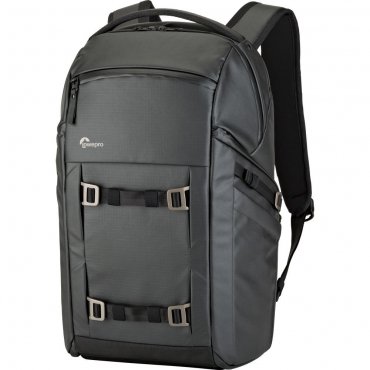
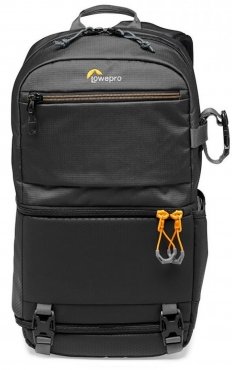

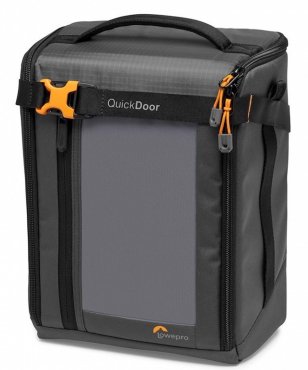
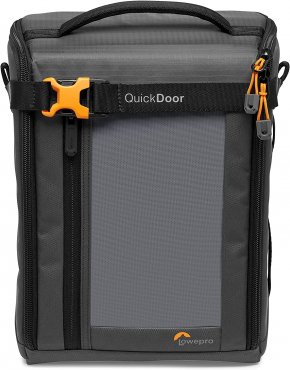

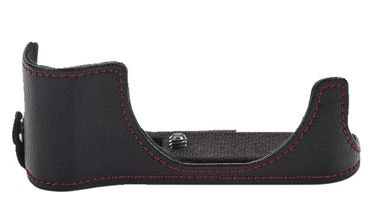
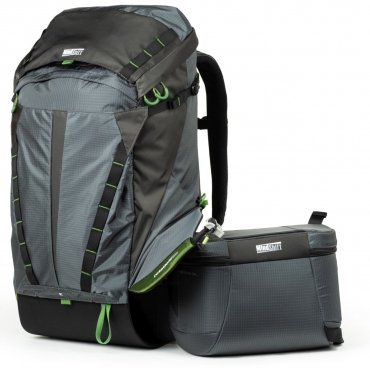

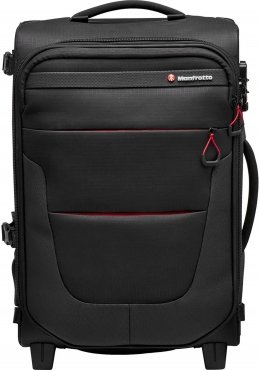
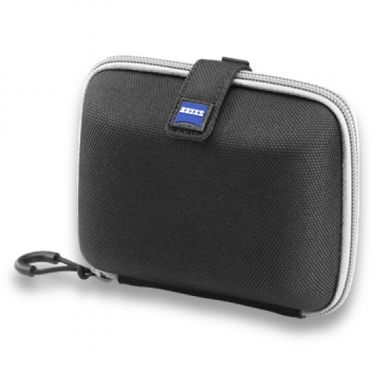
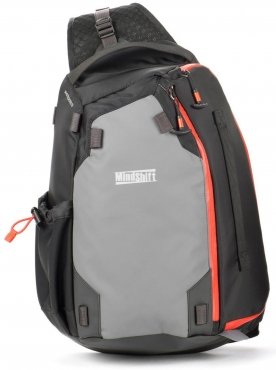
Simply subscribe and benefit as a newsletter recipient every week: